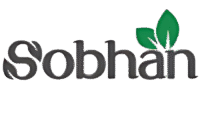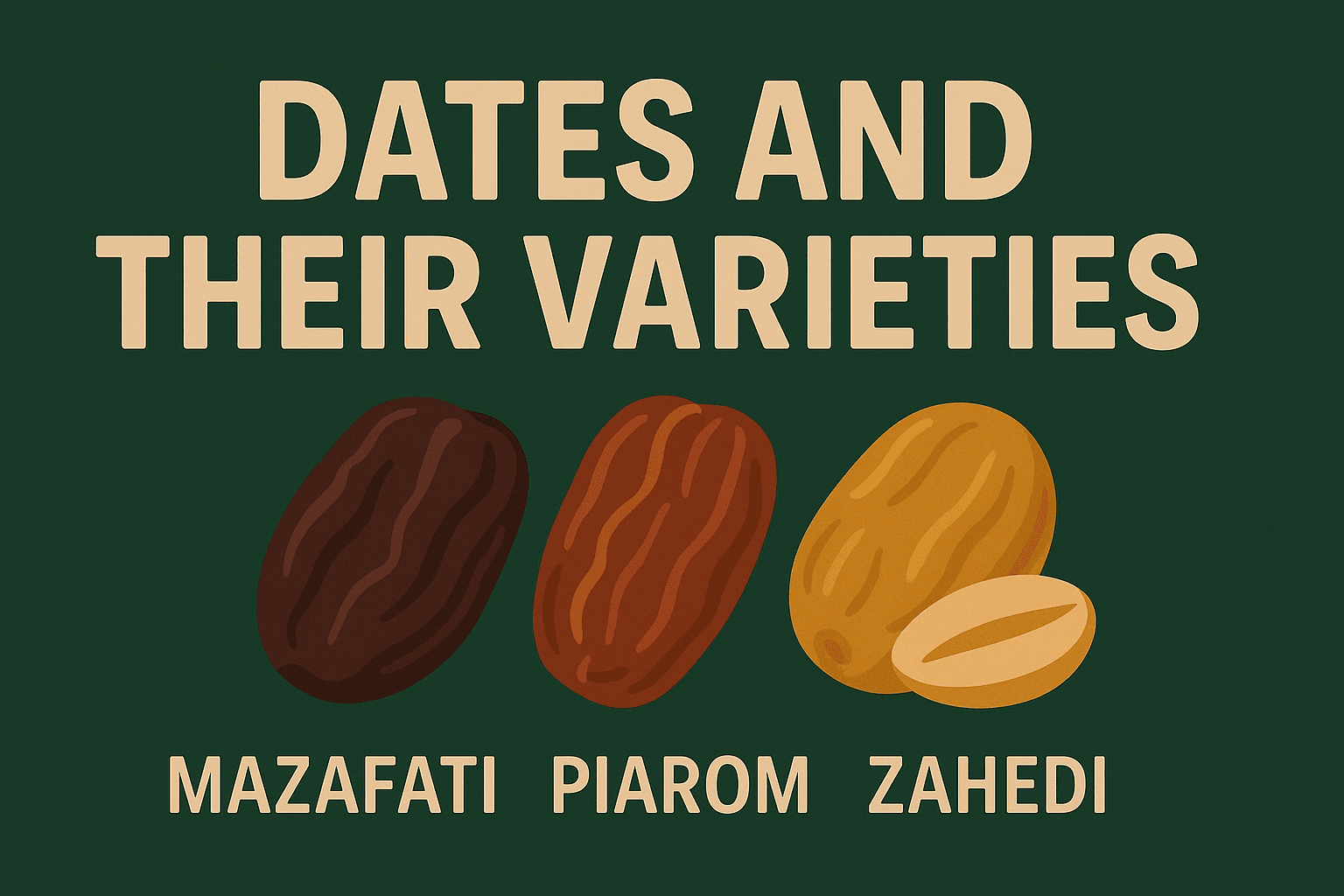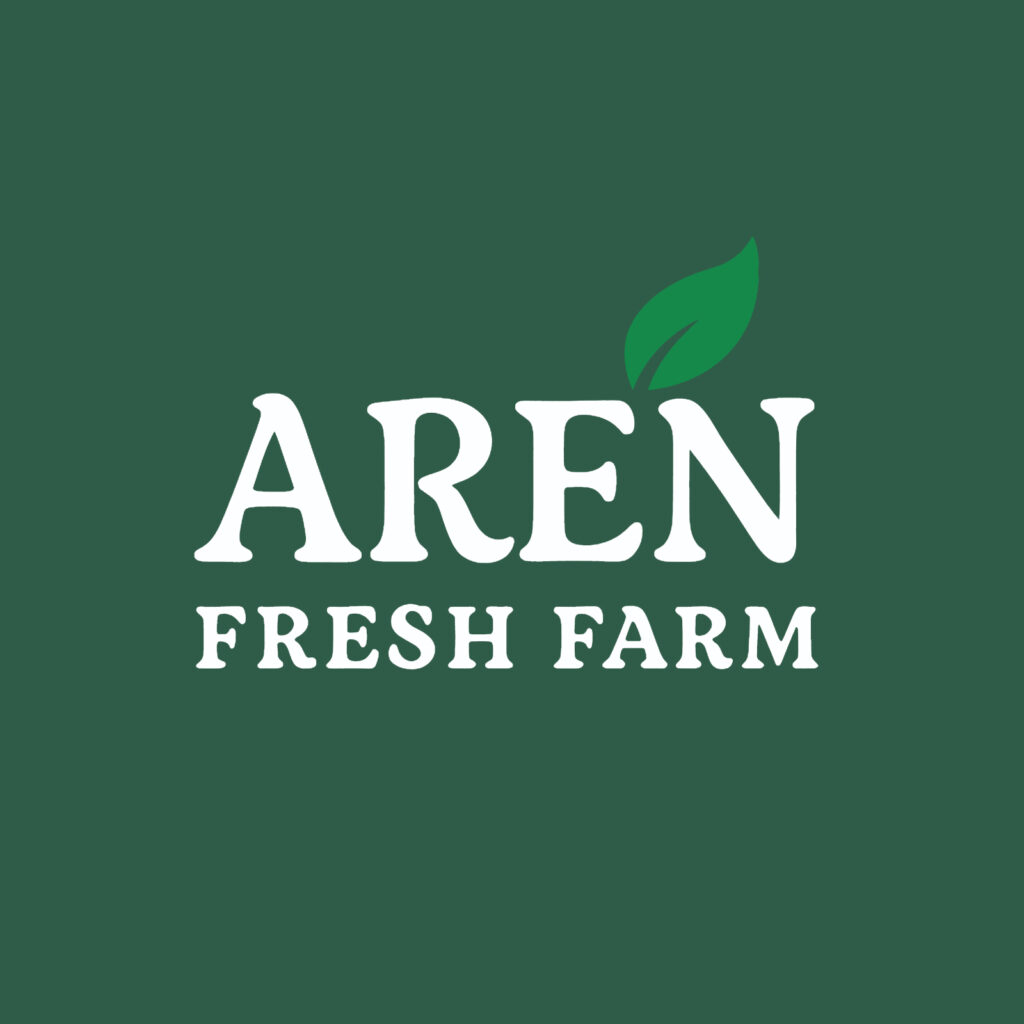Introduction: The Sweet Fruit of the Desert
Dates, often called the “fruit of paradise,” are one of the most ancient cultivated fruits in human history. Archaeological evidence shows that dates have been harvested for more than 5,000 years, particularly in the Middle East, where they remain a symbol of hospitality, nutrition, and culture.
From the lush groves of Iran to the arid landscapes of North Africa and the Middle East, dates thrive in hot climates and are treasured not only for their sweetness but also for their nutritional and economic importance. Today, dates are a vital part of international trade, with Iran standing as one of the top producers and exporters of this golden fruit.
Among hundreds of varieties, Mazafati, Piarom, and Zahedi stand out as premium, internationally recognized dates. They represent the richness of Iran’s agriculture and are sought after by consumers and businesses worldwide.
The Cultural and Historical Importance of Dates
Dates are more than food — they are deeply tied to cultural identity and tradition.
-
Religious Importance: Dates are mentioned in the Quran and the Bible as sacred fruits. During Ramadan, Muslims worldwide break their fast with dates.
-
Symbol of Hospitality: In Persian and Arab culture, offering dates to guests is a sign of respect and welcome.
-
Economic Backbone: Historically, dates were a major trade commodity in the Silk Road era, fueling caravans and global commerce.
Thus, when we talk about dates, we talk about a fruit that shaped civilizations.
Nutritional Breakdown of Dates
Dates are often referred to as nature’s candy, but they are far more than just sweet treats.
Macronutrients (per 100g of dates):
-
Calories: 277
-
Carbohydrates: 75 g (mostly natural sugars: glucose, fructose, sucrose)
-
Fiber: 7 g
-
Protein: 2 g
-
Fat: 0.2 g
Micronutrients:
-
Potassium: 696 mg
-
Magnesium: 54 mg
-
Calcium: 39 mg
-
Iron: 1 mg
-
Vitamin B6: 0.2 mg
Health Benefits:
-
Digestive Health: High fiber content prevents constipation.
-
Energy Boost: Natural sugars provide quick energy.
-
Bone Health: Magnesium and calcium strengthen bones.
-
Heart Health: Potassium regulates blood pressure.
-
Antioxidant Protection: Helps reduce inflammation and oxidative stress.
In short, dates are a nutrient powerhouse — one of the healthiest natural foods.
The Three Stars of Iranian Dates
1. Mazafati Dates – The Jewel of Bam
Mazafati dates, grown mainly in Bam (Kerman Province, Iran), are among the most famous fresh dates in the world.
Characteristics:
-
Texture: Soft, fleshy, and juicy.
-
Color: Dark brown to black.
-
Moisture: High (15–35%).
-
Taste: Sweet, caramel-like, melts in the mouth.
Why They Stand Out:
-
Often eaten fresh, unlike many dry varieties.
-
Perfect for snacking and desserts.
-
Exported to Europe, the Middle East, and Asia.
Storage & Export:
Due to high moisture, Mazafati dates require cold storage (0–5°C). Exporters like Sobhan Food ensure a cold-chain supply to maintain freshness during transport.
2. Piarom Dates – The Chocolate Date
Piarom dates, cultivated in Hormozgan Province (southern Iran), are known as the luxury or “chocolate” date because of their rich taste and premium status.
Characteristics:
-
Texture: Semi-dry, chewy.
-
Color: Dark brown.
-
Moisture: ~15%.
-
Taste: Sweet with toffee or caramel-like notes.
Why They Stand Out:
-
Thin skin makes them easy to eat.
-
Low glycemic index — suitable for diabetics.
-
Considered a luxury export with higher market prices.
Market Demand:
Piarom dates are highly demanded in European markets where consumers value organic, low-sugar, premium foods.
3. Zahedi Dates – The Golden Treasure
Zahedi dates, also called Ghasb, are one of the most widely cultivated in Iran, especially in Fars and Bushehr provinces.
Characteristics:
-
Texture: Semi-dry, firm.
-
Color: Golden yellow to light brown.
-
Moisture: 14–20%.
-
Taste: Sweet, nutty, with a mild sugar profile.
Why They Stand Out:
-
Long shelf life thanks to low moisture.
-
Affordable compared to luxury varieties.
-
Ideal for industrial use: date syrup, sugar, paste.
Export Markets:
Zahedi dates are shipped in large volumes to India, Africa, and Asian countries, making them a key driver of Iran’s export economy.
Farming and Harvesting of Dates in Iran
Iran is one of the top five date-producing countries in the world, with more than one million tons of annual production.
The Farming Process:
-
Cultivation: Date palms thrive in hot, arid regions.
-
Flowering: Palm trees produce clusters of small flowers that later turn into fruit.
-
Pollination: Farmers often hand-pollinate to ensure better yields.
-
Growth Phase: Dates mature over summer, changing color from green to yellow to dark brown.
-
Harvesting: Typically from August to October, depending on the variety.
Post-Harvest:
-
Sorting and grading (based on size, moisture, and quality).
-
Packaging (export-standard cartons, eco-friendly packs).
-
Cold storage (for moist varieties like Mazafati).
Industrial Uses of Dates
Beyond fresh consumption, dates are a cornerstone of the food industry.
-
Date Syrup – A natural sweetener, replacing refined sugar.
-
Date Sugar – Powdered, used in baking.
-
Date Paste – Used in biscuits, cakes, and energy bars.
-
Animal Feed – Lower-grade dates feed livestock.
-
Fermented Products – Vinegar and alcohol production in some regions.
This makes dates not only a consumer product but also a raw material for multiple industries.
Global Demand and Export Trends
-
Middle East: Traditional staple, consumed daily.
-
Europe: Rising demand for organic and premium dates (Piarom, Mazafati).
-
Asia: India is one of the largest importers, especially of Zahedi.
-
North America: Strong interest in Medjool and Piarom for health markets.
Iran alone exports to over 80 countries, making it one of the world’s leading date exporters.
Sustainability and Innovation in Date Farming
Aren Fresh Farm and Sobhan Food focus on sustainability in date farming by:
-
Using drip irrigation to conserve water.
-
Encouraging organic fertilizers.
-
Supporting local farmers with modern farming techniques.
-
Innovating with blockchain-based traceability for export transparency.
This aligns with global goals for eco-friendly food production.
Consumer Insights: Why People Love Dates
-
Health-Conscious Consumers choose dates as natural sweeteners.
-
Athletes & Fitness Enthusiasts use dates as pre-workout energy.
-
Cultural & Religious Occasions (Ramadan, Christmas) boost demand.
-
Foodies & Gourmet Lovers enjoy luxury varieties like Piarom.
Conclusion: The Sweet Future of Dates
Dates are more than just fruits — they are a symbol of tradition, health, and trade. Among all varieties, Mazafati, Piarom, and Zahedi represent the best of Iran’s agriculture, offering unique flavors, textures, and export value.
As demand grows globally for natural, organic, and healthy foods, Aren Fresh Farm and Sobhan Food are committed to delivering the finest Iranian dates to international markets — ensuring that every bite is a taste of heritage and excellence.




